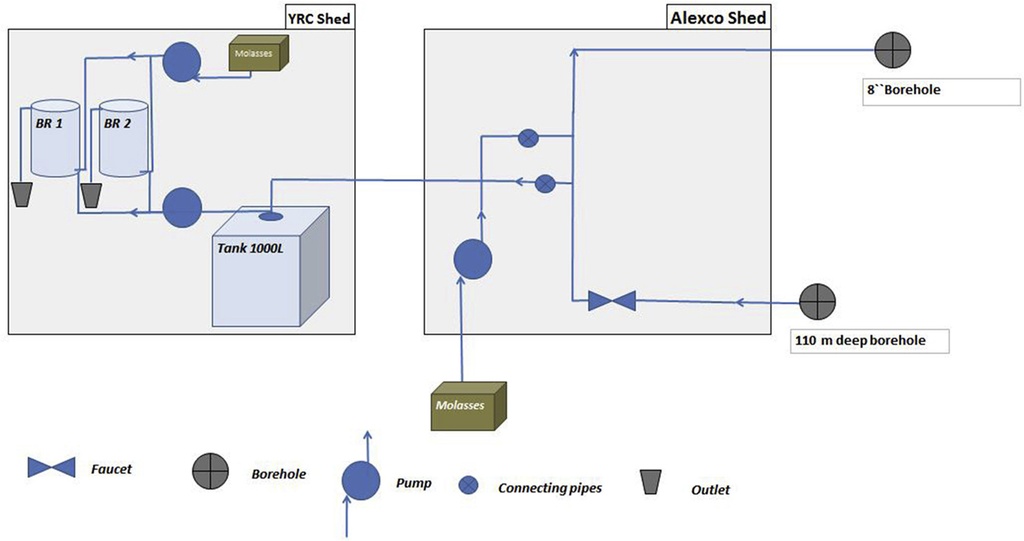Research
- Home >
- Technologies >
-
Semi-passive in-situ pilot scale bioreactor successfully removed sulfate and met ...

RESEARCH
Semi-passive in-situ pilot scale bioreactor successfully removed sulfate and metals from mine impacted water under subarctic climatic conditions

Status: Submitted
- Semi-passive treatment for mine drainage
- Subarctic climatic conditions
- Sulfate-reducing bacteria
- Metal removal from mine impacted water
Abstract
Mine drainage contaminated with metals is a major environmental threat since it is a source of water pollution with devastating effects on aquatic ecosystems. Conventional active treatment technologies are prohibitively expensive and so there is increasing demand to develop reliable, cost-effective and sustainable passive or semi-passive treatment. These are promising alternatives since they leverage the metabolism of microorganisms native to the disturbed site at in situ or close to in situ conditions. Since this is a biological approach, it is not clear if semi-passive treatment would be effective in remote locations with extremely cold weather such as at mines in the subarctic. In this study we tested the hypothesis that sulfate-reducing bacteria, which are microorganisms that promote metal precipitation, exist in subarctic mine environments and their activity can be stimulated by adding a readily available carbon source. An experiment was setup at a closed mine in the Yukon Territory, Canada, where leaching of Zn and Cd occurs. To test if semi-passive treatment could precipitate these metals and prevent further leaching from waste rock, molasses as a carbon source was added to anaerobic bioreactors mimicking the belowground in-situ conditions. Microbial community analysis confirmed that sulfate-reducing bacteria became enriched in the bioreactors upon addition of molasses. The population composition remained fairly stable over the 14 month operating period despite temperature shifts from 17 to 5 °C. Sulfate reduction functionality was confirmed by quantification of the gene for dissimilatory sulfite reductase. Metals were removed from underground mine drainage fed into the bioreactors with Zn removal efficiency varying between 20.9% in winter and 89.3% in summer, and Cd removal efficiency between 39% in winter and 90.5% in summer. This study demonstrated that stimulation of native SRB in MIW was possible and that in situ semi-passive treatment can be effective in removing metals despite the cold climate.

To view more project details and submit an expression of interest
Explore more projects
Solutions to Business Technological Challenges
-
RESEARCH
11 Nov 2022

- commercial
- conducted
- precision
- matrices
-
-
